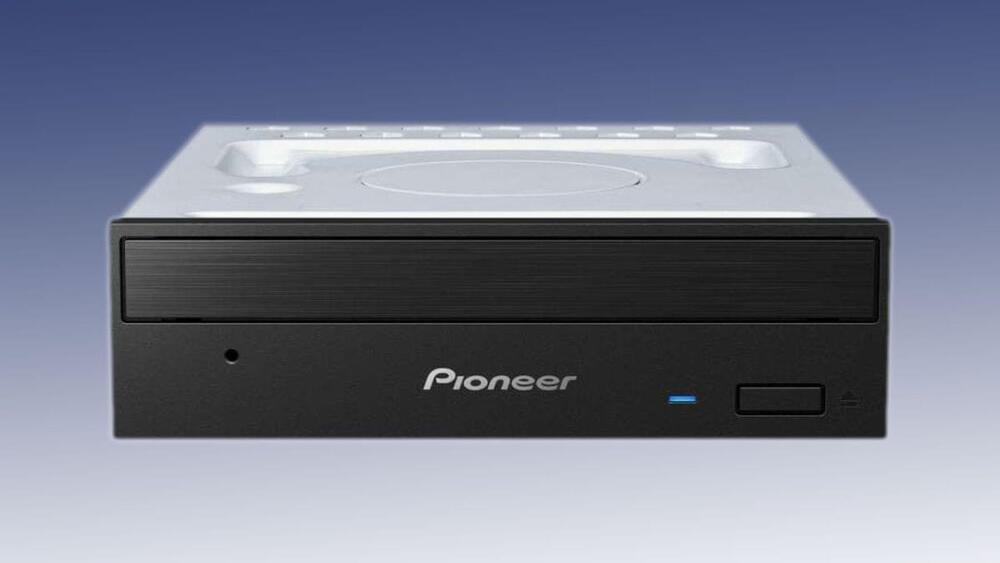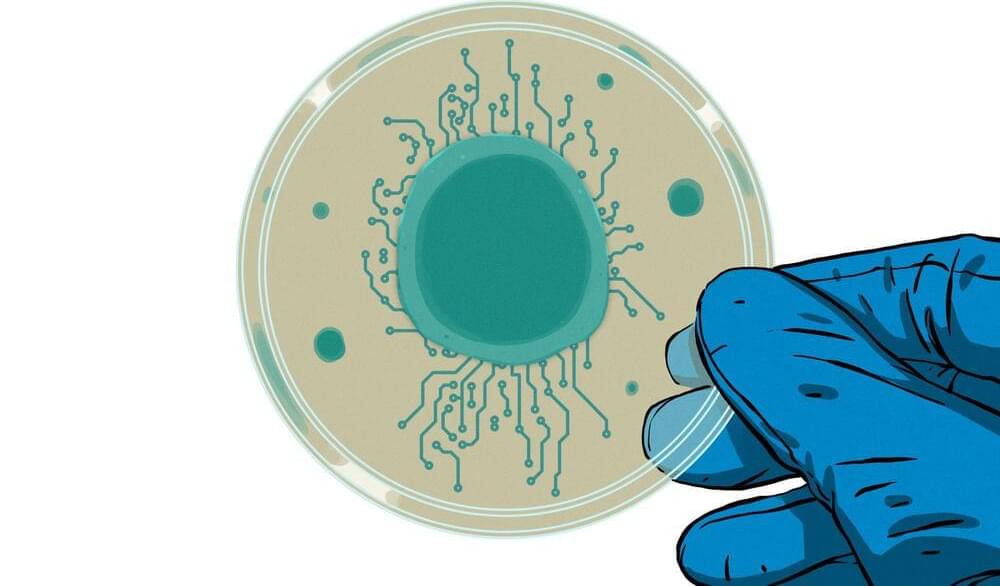The H+ Academy Roundtable presents “AGI: How it got started and key issues ahead” with Peter Voss and Ben Goertzel.


The H+ Academy Roundtable presents “AGI: How it got started and key issues ahead” with Peter Voss and Ben Goertzel.

Thousands of cars—including Porsches, Volkswagens, and Lamborghinis—have gone down with the giant cargo ship Felicity Ace, which had been on fire in the Atlantic Ocean for nearly two weeks. A salvage operation was underway to take the roll-on-roll-off car carrier to a safe area off the Azores when it sank on Tuesday morning. The fire was out by the time the ship went under the waves.
The weather had been rough at the time, a spokesperson for Felicity Ace’s Japanese operator, Mitsui O.S.K. Lines transportation company, told Bloomberg. The ship sank after listing to starboard around 220 nautical miles off the Portuguese Azores archipelago at around 9 a.m. local time on March 1. Salvage craft remain posted at the site of the sinking to monitor the situation, according to a press release from the Felicity Ace Incident Information Centre.

Return of the optical drive.
Despite the year 2022, Pioneer has released a new SATA optical drive that will let you record data or video on high-precision BD-R media at up to 16x, as well as write and play back a very wide gamut of optical discs and media formats. Designed for built-in 5.25 inch drive bays, this drive is priced around $150.

BILLIONAIRE Mark Zuckerberg has revealed his thoughts on life and death in a recent podcast.
The Facebook founder and Meta Platforms CEO has plans to cure all diseases this century but has no desire to live forever.
Zuckerberg hasn’t had an ordinary life.
He founded Facebook when he was just 19 years old and became the youngest billionaire at just 23.

The Dongfeng E70 electric sedans were announced as the world’s first commercially available electric vehicles with a solid-state battery when they were delivered as part of a taxi fleet. Now the energy density of the E70’s battery pack and its range on a charge have been outed, and they are pretty run-of-the-mill.

The South Korean government has pledged $186.7 million to support the growth of its new Metaverse platform called the Expanded Virtual World where creators, industry, and commercial talent are expected to converge.

The impact crater is the second discovered in China.
A crescent-shaped crater in Northeast China holds the record as the largest impact crater on Earth that formed in the last 100,000 years.
Prior to 2020, the only other impact crater ever discovered in China was found in Xiuyan county of the coastal province of Liaoning, according to a statement from the NASA Earth Observatory. Then, in July 2021, scientists confirmed that a geological structure in the Lesser Xing’an mountain range had formed as a result of a space rock striking Earth. The team published a description of the newfound impact crater that month in the journal Meteoritics and Planetary Science.

At the secluded British airfield of Old Buckenham, an electric light aircraft is now being charged with solar power. After all, electric aircraft are a robust, low-maintenance alternative to fossil fuel-powered ones.

Neural networks have become a hot topic over the last decade, put to work on jobs from recognizing image content to generating text and even playing video games. However, these artificial neural networks are essentially just piles of maths inside a computer, and while they are capable of great things, the technology hasn’t yet shown the capability to produce genuine intelligence.
Cortical Labs, based down in Melbourne, Australia, has a different approach. Rather than rely solely on silicon, their work involves growing real biological neurons on electrode arrays, allowing them to be interfaced with digital systems. Their latest work has shown promise that these real biological neural networks can be made to learn, according to a pre-print paper that is yet to go through peer review.
The broad aim of the work is to harness biological neurons for their computational power, in an attempt to create “synthetic biological intelligence”. The general idea is that biological neurons have far more complexity and capability than any neural networks simulated in software. Thus, if one wishes to create a viable intelligence from scratch, it makes more sense to use biological neurons rather than messing about with human-created simulations of such.

As Russia wages war on Earth, its space program will suffer.
In light of Russia’s assault on Ukraine, NASA and ESA are implementing sanctions imposed against Russia.